Lazy Eye (2016)
Rated R

T42 Entertainment
Dean is not so concerned with the lazy eye condition he’s had since youth. What frustrates him, though, is a recent necessity for progressive lenses. As he’s rounding middle age, Dean struggles to see things in the distance and up close. His condition becomes an analogy of sorts that plays out as he reconnects with an ex-boyfriend.
Tim Kirkman’s Lazy Eye is a pleasant and diverting romantic indie drama despite its stage-play feel. It’s a short, focused film and that feels right.
Dean (Lucas Near-Verbrugghe), a married and complacent graphic artist, decides to steal away to his Mojave Desert vacation home with the seeming intent to put work tensions on pause. Unbeknownst to his coworker Mel (Michaela Watkins, who joyfully makes the most of her limited screen time) and Dean’s often-absent husband, the weekend getaway is actually a rendezvous with Alex (Aaron Costa Ganis), a long-ago lover. In flashbacks cleverly intercut with Dean’s ruminating present, we learn that the men reconnected through carefully worded and playful emails. A span of 15 years separates them—certainly a longer time than the men were together.
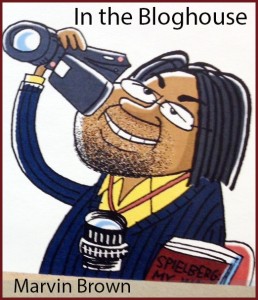 Dean’s libido is ignited at the prospect of Alex actually showing up (though Dean’s love of self-love suggests it doesn’t take much to get him going), and their initial reunion brings not-unexpected carnal abandon.
Dean’s libido is ignited at the prospect of Alex actually showing up (though Dean’s love of self-love suggests it doesn’t take much to get him going), and their initial reunion brings not-unexpected carnal abandon.
Soon after, glowing and happy, the men began to talk, and talk. Walk and talk. Swim and talk. Eat and talk. There are issues to be hashed out over this weekend: Why did they break up? Why did Alex fall off the grid? Why reach out to Dean after all this time? Why is Dean settling in his career, and perhaps his marriage? Were the men ever even compatible?
I don’t mind the talk because it’s mostly interesting and pressed me to consider my own feelings on lost love, career choices and indecision. I’m am reminded of Richard Linklater’s Before Sunrise (1995), a film mainly concerned with following two people around as they discuss life, love, success and failure and what it all means going forward.
This film’s basically comprised of snapshot moments (and wonderful location photography) of their relationship’s start (their meet cute in an East Village bar with Dean sketching Alex’s picture on a napkin; Alex, meanwhile, is a flighty recent college graduate), breakup (Dean’s obsessive hunt for answers after Alex dumps him; Alex’s deception in their relationship), reunion (a waitress intrusively comments on them being a cute gay couple), and conclusion. Kirkman uses facial hair as a transitional device: In flashbacks the men are clean shaven to contrast their bearded contemporary looks.
Even though Dean is the main character I gravitated toward Alex. Dean initially seems to be the more focused adult. He has the respectable job and husband, while Alex seems roguish and mysterious. But then we realize Dean is the one who’s circling his life, cheating on his spouse and selfishly wanting … everything. Alex seems to have lived the carefree life and is trying now to zero in on something more—children and lasting love, perhaps.
But ultimately this is a study of Dean’s progressive-lens life. We watch him struggling to keep the distant past, up-close present and near future in perspective.
Oh, and the dead rats made me smile.

| Marvin Brown’s Movie Review Archive

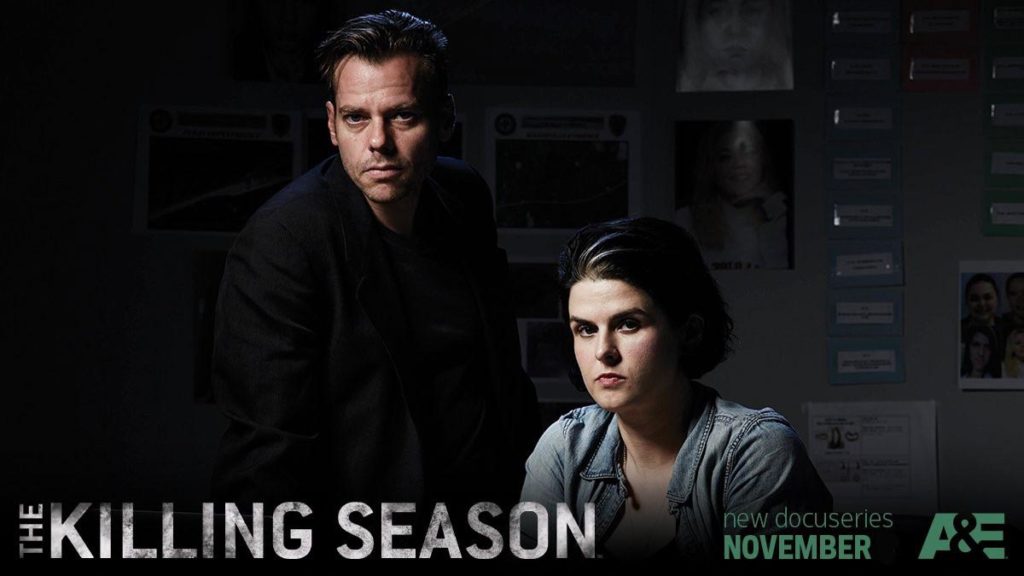

 When we think of the imagination it took to allow man to travel beyond the planet and walk on the surface of the moon, or even imagining a day when it would be commonplace for men, women and children to board a pressurized tube of aluminum and plastic to be hurled hundreds of miles and hour, tens of thousands of feet about the ground as a form of commercialized travel, how did we get to a time and place where that kind of ingenuity is buried under the latest political wrangling or financial scandals or reality-TV obsession? We don’t invent things anymore, we stand on the shoulders of inventions we now mock, while repackage them in the latest colors, slim shapes and hipster slogans.
When we think of the imagination it took to allow man to travel beyond the planet and walk on the surface of the moon, or even imagining a day when it would be commonplace for men, women and children to board a pressurized tube of aluminum and plastic to be hurled hundreds of miles and hour, tens of thousands of feet about the ground as a form of commercialized travel, how did we get to a time and place where that kind of ingenuity is buried under the latest political wrangling or financial scandals or reality-TV obsession? We don’t invent things anymore, we stand on the shoulders of inventions we now mock, while repackage them in the latest colors, slim shapes and hipster slogans.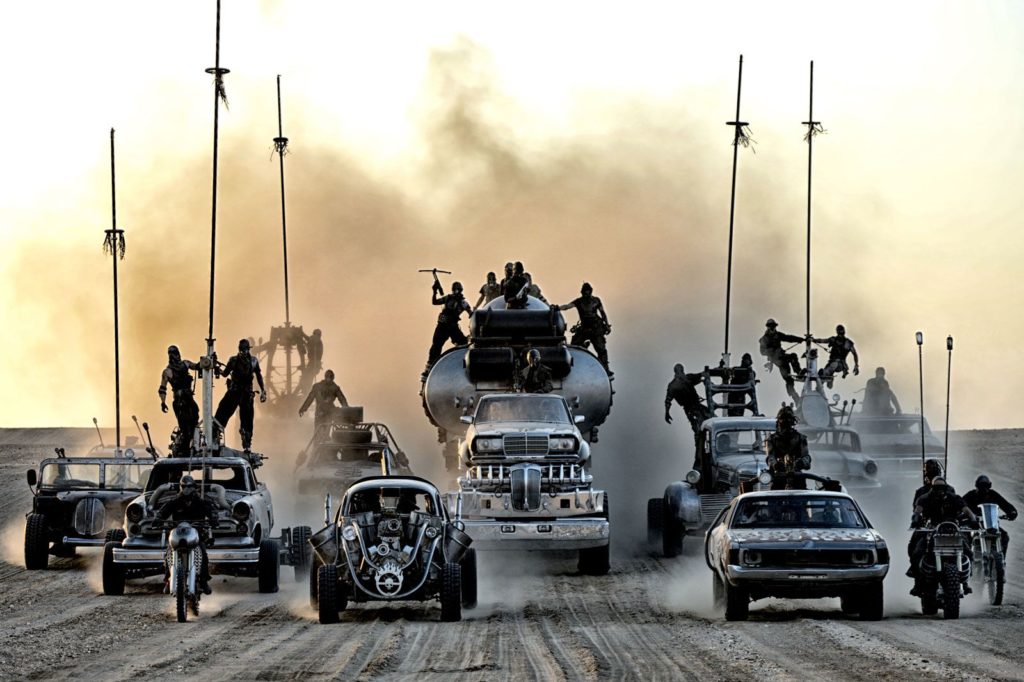
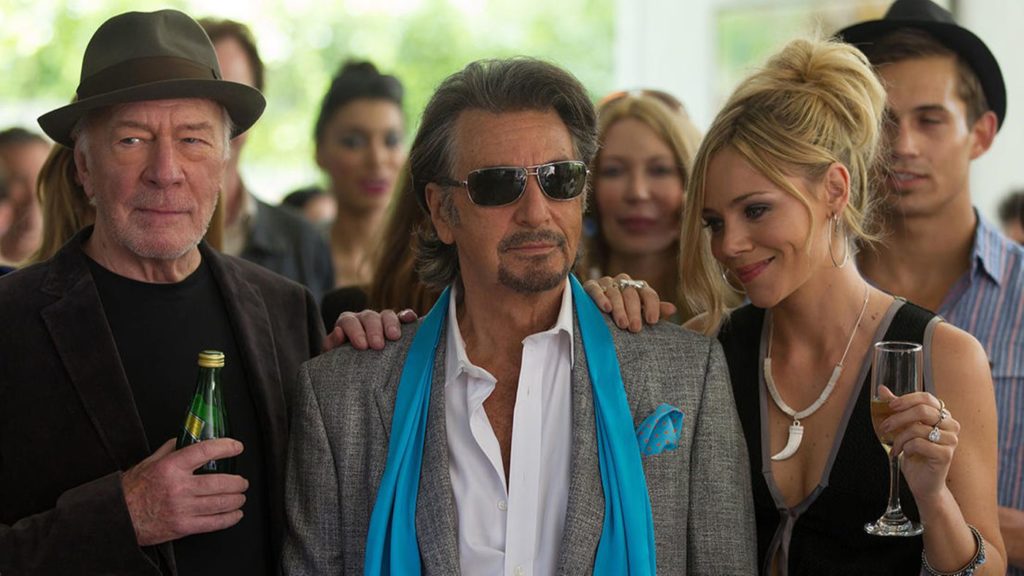
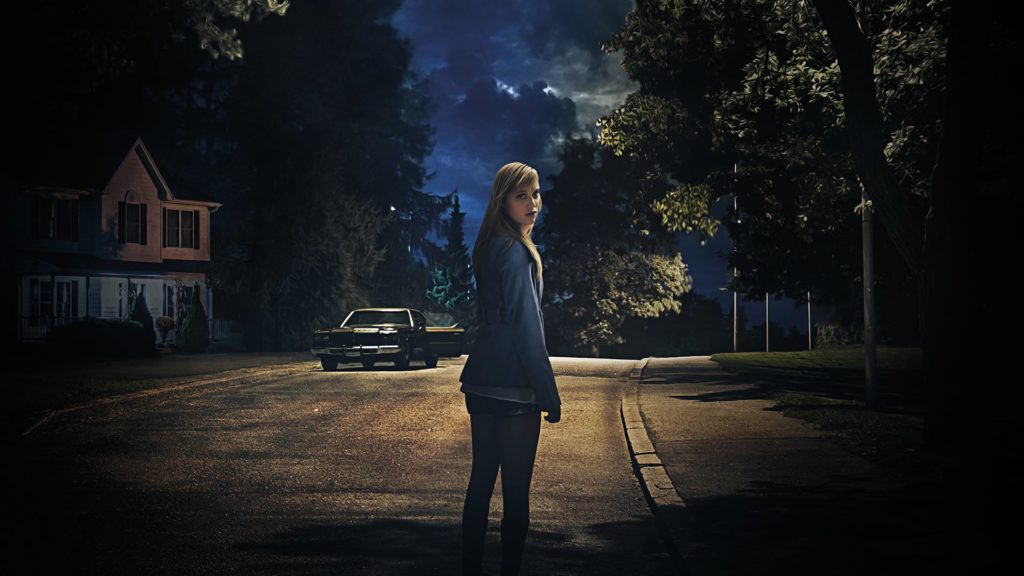
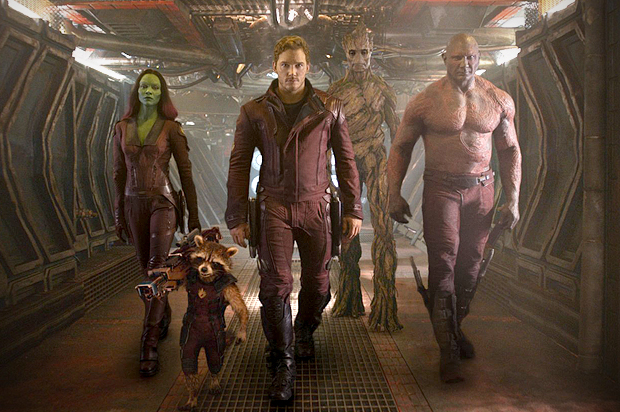



 Best friends, college-bound Lily (Fanning) and earth-child Gerry (Olsen), make a pact to lose their virginity before summer’s end. Things get complicated when they fall for the same fellow, David (Boyd Holbrook, looking indistinguishable from actor
Best friends, college-bound Lily (Fanning) and earth-child Gerry (Olsen), make a pact to lose their virginity before summer’s end. Things get complicated when they fall for the same fellow, David (Boyd Holbrook, looking indistinguishable from actor 




